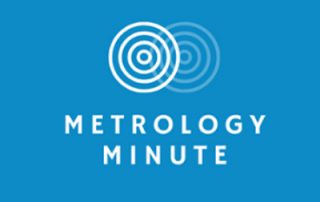Metrology Minute – Traditional 2D Drawing inspection
In our last Metrology Minute post, we demonstrated how Control X can be used to extract feature size and location information directly from the scan, without the use of a nominal CAD model. With this route, a more traditional type of inspection could take place using just the scan of a manufactured part or assembly. We explained how a region’s model may be used to identify and measure analytic features, directly from a scan. And [...]



